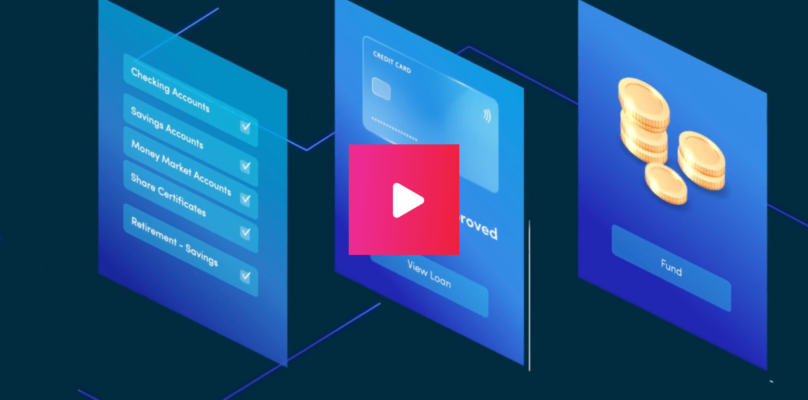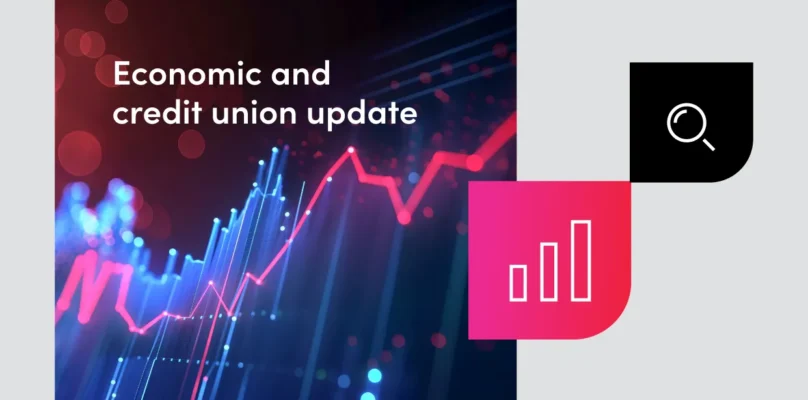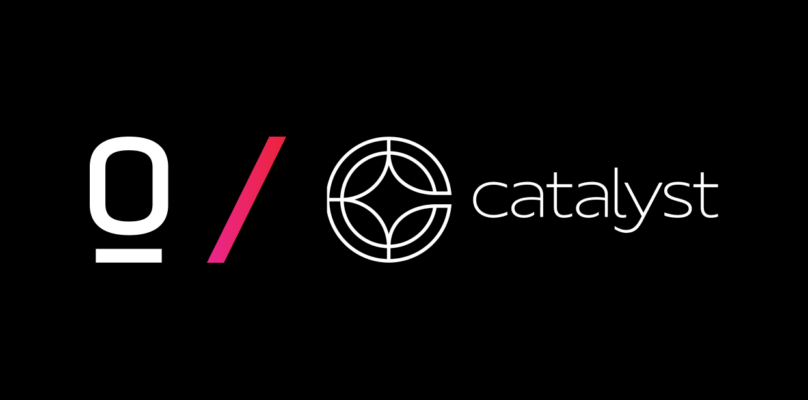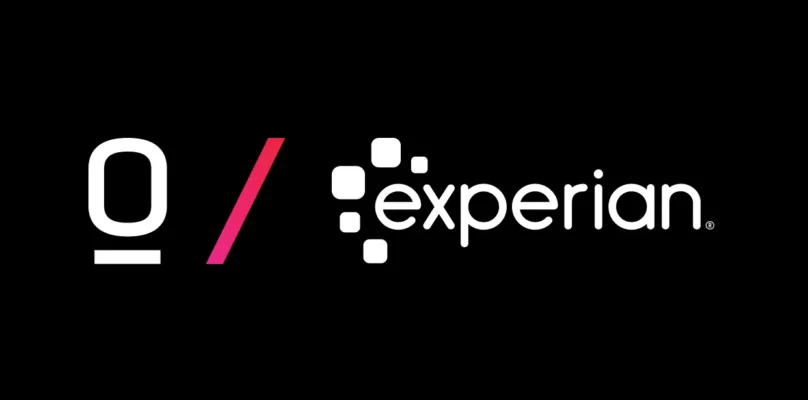The old debate over the primacy of best-of-breed tech stacks versus an all-in-one platform was resurrected during the global pandemic. As the industry struggled to keep up with unexpected loan volume, many of the new systems lenders had put in place over the past few years didn’t meet their expectations.
That’s probably because many lenders were using legacy lending technology that incorporated new Point of Sale (POS) technology bolted onto the front end.
Today, perhaps for the first time, the best-of-breed versus all-in-one debate has become very important. With an everchanging lending environment and escalating competition from new fintech lenders, choosing the wrong technology approach could have major ramifications for a lender.
But those aren’t the only drivers pushing us to rethink our technology platforms. Every lender making loans today is finding themselves operating in a connected marketplace. Modern APIs built on open architectures are making it easier and more efficient than ever to share data between systems.
On the one hand, that’s good news for the industry, because lenders have more options than ever before. On the other hand, it can be challenging to disseminate the true capabilities and benefits of the technology that is available. Choosing the right loan origination technology is always more difficult in a crowded marketplace.
Finding the tools you need in a crowded market
While attaching a POS to a legacy LOS provided some initial lift for some lenders in the beginning, it doesn’t provide the same benefits as the new end-to-end systems can. So, what should the lender be seeking? Here are the key points to keep in mind:
- Start your search with a clear mind. Lenders must look beyond the hype and buzzwords. When one vendor says best-of-breed, they may mean something completely different than another vendor. Don’t rely on terminology to make your decision.
- Find out if what you’re looking at is a single platform solution. Did the same team build all the modules that make up the system? Did the POS come from another vendor and get bolted onto the LOS?
- Confirm if the platform was built from the ground up on new software architecture or is a retrofit of older technologies that has been patched to function in today’s market. No legacy platform can be built in pieces and be as strong as purpose-built technology developed with long-term scalability in mind.
Finally, find out all you can about the implementation process and after-sale vendor support. This is often where the rubber meets the road on the long-term viability of the lender/technology partner relationship.
The benefits the lender can enjoy
It’s becoming abundantly clear that retrofit technology is not a sustainable solution over the long-term. Ultimately, this search will lead to a modern LOS that has everything the lender needs to interact with borrowers and walk them through the application process (POS) and process the loan to close (LOS).
With a single system approach, everything is connected, so you know what questions have been asked, what tasks have been assigned to the borrower, and what information has been received. The benefits can only be fully realized on a single platform that includes the POS and LOS capabilities on the same system, not connections between disparate systems.
A single system, such as Origence’s consumer platform, will position lenders to dramatically improve the lending process and borrower experience. Today’s modern loan origination systems are high performance machines that seamlessly take the lender and borrower completely through the process.
All-in-one loan origination platforms like Origence, are leading the way in today’s marketplace and they are better than ever. I encourage you to discover what a difference such a system could make in your business.












